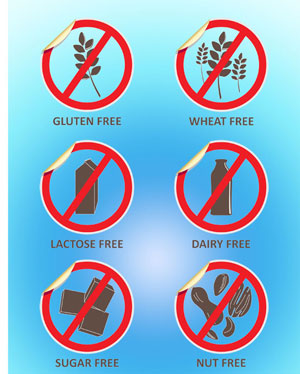••• social media research
Automation assists Twitter campaign virality
 Like bartenders who treat their regular customers to free drinks, brands are rewarding fans in the era of social media using a mix of social listening and marketing automation. Using Dallas social media marketing company HipLogiq’s SocialCompass application, Dunkin’ Donuts franchisee First Cup LLC tapped into Twitter’s word-of-mouth marketing to grow its customer base in Phoenix with a free coffee offer. First Cup found that one tweet reached almost 3,000 consumers. The success of the campaign suggests that even if virality cannot be predicted, it perhaps can be automated.
Like bartenders who treat their regular customers to free drinks, brands are rewarding fans in the era of social media using a mix of social listening and marketing automation. Using Dallas social media marketing company HipLogiq’s SocialCompass application, Dunkin’ Donuts franchisee First Cup LLC tapped into Twitter’s word-of-mouth marketing to grow its customer base in Phoenix with a free coffee offer. First Cup found that one tweet reached almost 3,000 consumers. The success of the campaign suggests that even if virality cannot be predicted, it perhaps can be automated.
First Cup’s “Free Medium Hot or Iced Coffee” campaign, which ran from March 26-November 10, 2013, achieved a 120 percent conversion rate with 2,000+ coffee lovers. First Cup used SocialCompass to find local, geographically-targeted tweets about coffee, using keywords and phrases like “want coffee” and “craving coffee,” among others. First Cup responded to 1,827 relevant Twitter conversations, with 2,201 people taking advantage of the free coffee offer. When someone redeemed the free coffee offer, First Cup offered an additional incentive, in the form of Dunkin’ Donuts Cash, for sharing the offer.
One Dunkin’ fan shared the free coffee offer with 1,745 followers and two of his followers retweeted it to another 1,150 people. In all, referrals accounted for an additional 1,485 customers for First Cup during the campaign.
“We knew that Dunkin’ fanatics existed back East but didn’t know they existed here in Phoenix,” said Alex Apodaca, COO of First Cup. “It was incredible to see the results of a few Dunkin’ fans connecting with their friends and the viral effect of our campaign.”
••• foods/nutrition
Consumers voluntarily adopting the free-from lifestyle
 For some consumers, avoiding certain foods and ingredients is a matter of life and death. But a report from Packaged Facts suggests that it isn’t only celiac disease sufferers or those who keep kosher who are driving the popularity of “free from” food products.
For some consumers, avoiding certain foods and ingredients is a matter of life and death. But a report from Packaged Facts suggests that it isn’t only celiac disease sufferers or those who keep kosher who are driving the popularity of “free from” food products.
In the absence of a specific health condition, the decision to opt for free-from products – fat-free, sugar-free, salt-free, gluten-free, etc. – can be viewed as a lifestyle choice by consumers who value healthy living. According to Packaged Facts, U.S. consumers who claim they are watching their diet remained at an average of 52 percent from 2006-2013, up from only 28 percent in 2004.
Food manufacturers are extremely accommodating to this shift toward food avoidances, reformulating products to eliminate those ingredients that are being shunned. However, there remains an opportunity for major food and beverage companies to become more active in producing free-from products, as these concerned consumers also tend to be trendsetters in healthy living.
